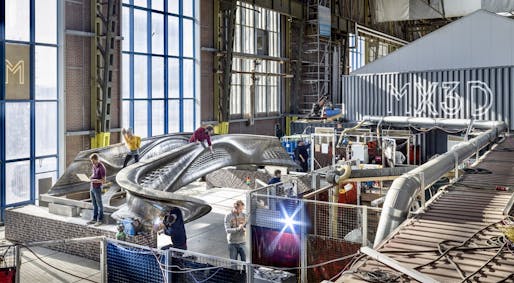
"The core issue centers around the idea that creatives will be replaced by super-intelligent robots to design buildings, create art, or design vehicles.
Yet even as AI evolves across other design-related industries, AI could prove to do more good than bad, tackling the mundane so that you can augment your creative process. — Interesting Engineering"
Artificial Intelligence has already changed the nature of industries like manufacturing and cybersecurity. However, where does architecture fit into this mix? A harrowing concern is super intelligent robots may replace the creative practice and take over the design process that architects and designers spend years studying. However, with this new found accessibility in automation and AI, perhaps there is way for architects to view more pros than cons.

At the heart of AI is an understanding, processing, and translation of data. By processing massive amounts of data at a rapid rate, AI allows for fabrication and prototyping to happen in an instant. For an architect, the quick processing of data allows for more room to reinvest time in design. Countless hours of research goes into starting any new project and with the help of data, architects can acquire building codes and zoning data at the touch of a button.
As one of the largest byproducts of the 21st century, data is produced, accumulated, and used daily. Automation and technology is affecting architecture more than ever. Design exploration is made possible thanks to the use of these super computers. Forms and structures that would seem almost impossible are made possible thanks to programs like Grasshopper. Architecture's new buzzword, parametric design, allows for designers to create mesmerizing forms with the help of complex algorithms and geometric programming.

However, many are still skeptical at the ramifications AI has towards architecture. Natasha Luthra, AIA 2018 chair of the Technology in Architectural Practice states in a recent conference, "The entire industry could change on us on a dime, we have to find a way to get ahead of the revolution before we get flattened by it.”
Comments
Post a Comment